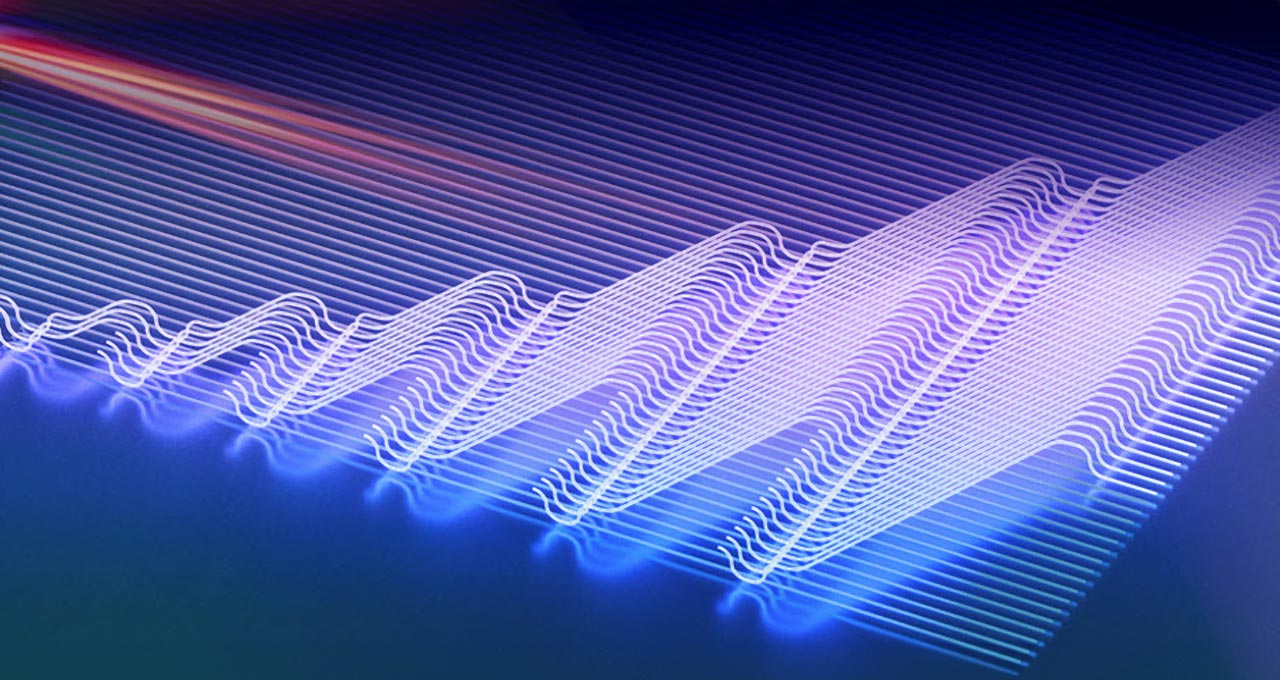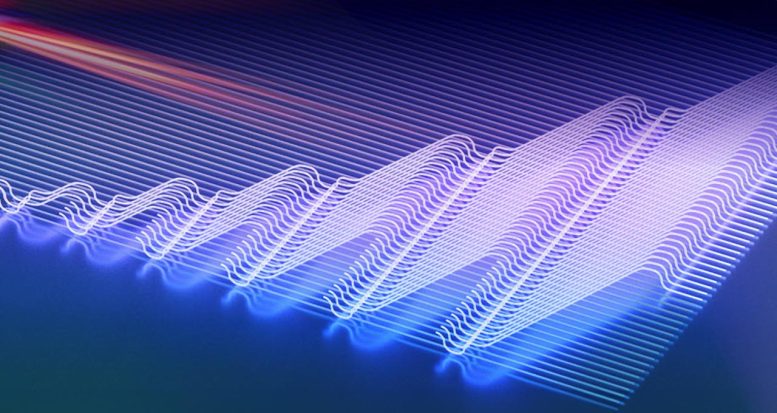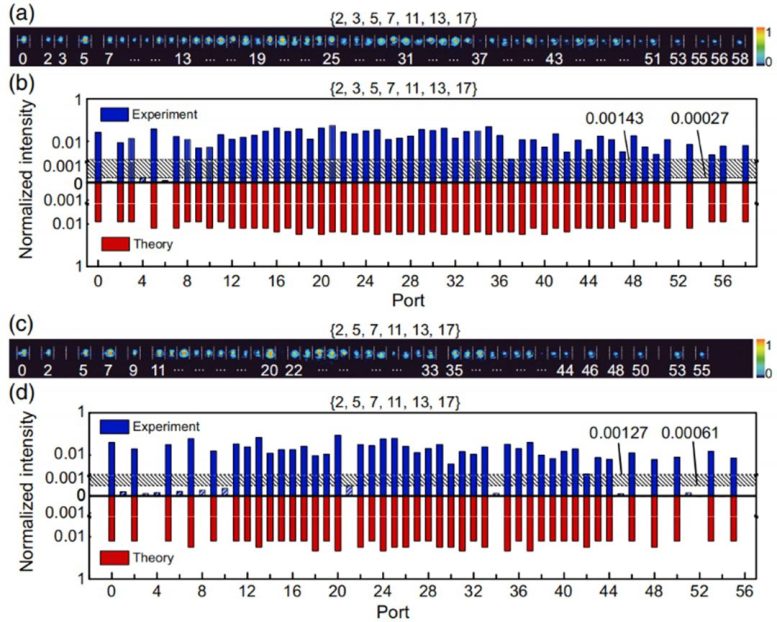

A new photonic processor efficiently solves complex NP-complete problems using light, offering faster computation and scalability for future applications in optical neural networks and quantum computing.
As technology continues to evolve, the limitations of traditional electronic computers are becoming more evident, particularly when addressing highly complex computational problems. NP-complete problems, which grow exponentially in difficulty as their size increases, are among the most challenging in computer science. These issues affect a wide range of fields, from biomedicine to transportation and manufacturing. To find more efficient solutions, researchers are turning to alternative computing methods, with optical computing showing significant promise.
Breakthrough in Photonic Processor Development
A team from Shanghai Jiao Tong University, as reported in Advanced Photonics, has made notable progress in this area. They have developed a reconfigurable three-dimensional integrated photonic processor specifically designed to solve the subset sum problem (SSP), a well-known NP-complete challenge. Using an advanced technique called femtosecond laser direct writing, the researchers created a photonic chip made up of 1,449 standardized optical components. This technology enables rapid prototyping and greater design flexibility, which is essential for tackling the complexities of the SSP.

Advantages of the Photonic Approach
The subset sum problem involves determining whether a specific subset of numbers can sum to a given target. By mapping this problem onto their photonic processor, the researchers can encode the behavior of light to perform calculations. The processor operates by allowing photons in a light beam to explore all possible paths simultaneously, providing answers in parallel. This design not only speeds up the computation but also maintains high accuracy—demonstrated by the processor’s ability to solve different instances of the SSP with 100 percent reliability.
Broadening Horizons With Optical Computing
The potential applications for this technology extend beyond the subset sum problem. The reconfigurable nature of the processor could be adapted for tasks such as optical neural networks and photonic quantum computing, indicating a versatile future for photonic systems. Remarkably, this new processor has shown improved performance compared to existing electronic counterparts, particularly in computing time and efficiency as problem size increases.
This development marks a significant step toward harnessing the capabilities of light for practical computing, providing a pathway to address computationally demanding problems at a larger scale. As researchers continue to explore optical computing, this breakthrough could reshape how we approach complex challenges across various scientific and industrial domains.
Reference: “Reconfigurable integrated photonic processor for NP-complete problems” by Xiao-Yun Xu, Tian-Yu Zhang, Zi-Wei Wang, Chu-Han Wang and Xian-Min Jin, 24 September 2024, Advanced Photonics.
DOI: 10.1117/1.AP.6.5.056011